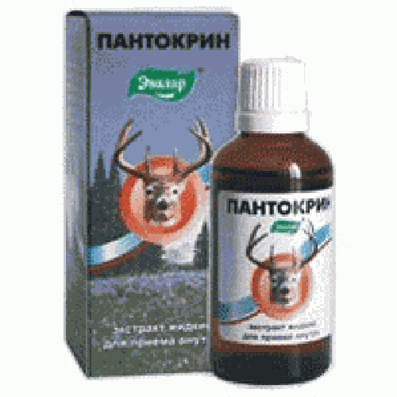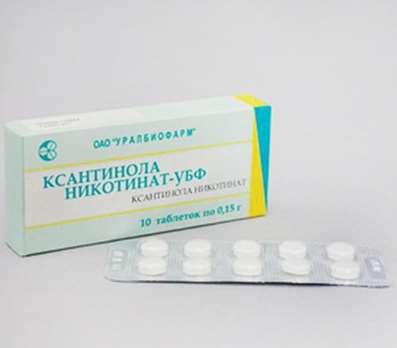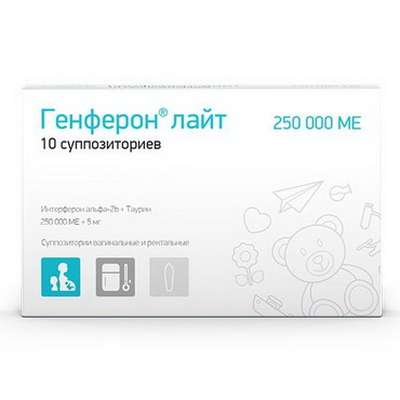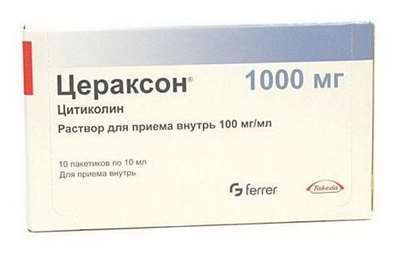Instruction for use: Chloroquine
I want this, give me price
Trade name of the drug – Delagil
The Latin name of the substance Chloroquine
Chloroquinum (genus. Chloroquini)
Chemical name
N4- (7-Chloro-4-quinolinyl) -N ', N'-diethyl-1,4-pentanediamine (as phosphate, hydrochloride or sulfate)
Gross formula
C18H26ClN3
Pharmacological group:
Other synthetic antibacterial agents
Immunosuppressive drugs
The nosological classification (ICD-10)
A06.4 Amoebic liver abscess: abscess of amebic liver; Liver amebiasis; Hepatic form of amebiasis; Hepatic amebiasis
A06.9 Unspecified amebiasis: Entamoeba histolytica; Asymptomatic amoebiasis; Amoebiasis of extraintestinal localization
B54 Malaria, unspecified: Malaria; Drug-resistant forms of malaria; Suspicion of malaria; Three days of malaria; Tropical Malaria
E80 Disorders of porphyrin and bilirubin metabolism: Urochoproporphyria; Late skin porphyria; Functional hyperbilirubinemia; Disturbances of pigmental metabolism; Porphyrin disease; Erythropoietic protoporphyria; Erythropoietic uroporporphia; Symptomatic porphyria
L56 Other acute skin changes caused by ultraviolet radiation: Exposure to UV rays; Acute skin changes caused by ultraviolet radiation; Sun Dermatitis; Photodermatitis; Photodermatosis; Photodermatoses; Dermatitis sunflower
M06.9 Rheumatoid arthritis, unspecified: Rheumatoid arthritis; Pain syndrome in rheumatic diseases; Pain in rheumatoid arthritis; Inflammation in rheumatoid arthritis; Degenerative forms of rheumatoid arthritis; Children's rheumatoid arthritis; Exacerbation of rheumatoid arthritis; Acute articular rheumatism; Rheumatic arthritis; Rheumatic polyarthritis; Rheumatoid arthritis; Rheumatic polyarthritis; Rheumatoid arthritis; Rheumatoid arthritis; Rheumatoid arthritis of active course; Rheumatoid periarthritis; Rheumatoid polyarthritis; Acute rheumatoid arthritis; Acute rheumatism
M32 Systemic lupus erythematosus: Lupus erythematosus red disseminated; Disseminated lupus erythematosus; Chronic lupus erythematosus
M34 Systemic sclerosis: scleroderma; scleroderma is a generalized; diffuse scleroderma; scleroderma universal; Progressive systemic sclerosis; Buschke's disease; scleredema; Sclerema aponeurotic benign
CAS code
54-05-7
Characteristics of the substance Chloroquine
White or white with a light kremovatym tinge crystal powder, bitter taste. Easily soluble in water, very little - in alcohol.
Pharmacology
Mode action - Anti-inflammatory, antiarrhythmic, immunosuppressive, antimalarial, antiprotozoal.
It inhibits the synthesis of DNA and causes the death of asexual erythrocyte forms of all types of plasmodium, dysentery amoeba. It binds free radicals, stabilizes cellular and subcellular membranes, reduces the release of lysosomal enzymes, inhibits the reactivity of lymphocytes, inhibits the leukocyte chemotaxis, the formation of disulfide bonds, inhibits the activity of neutral protease and collagenase, and reduces intracapillary aggregation of erythrocytes. Due to the active binding to nucleic acids, it has a cytotoxic effect, which underlies the immunosuppressive and non-specific anti-inflammatory action. Reducing the release of certain lymphokines, prevents the appearance of a clone of sensitized cells, activation of the complement system and T-killers, suppresses the autoallergic process and the accompanying inflammation (predominantly the alteration phase). Antiarrhythmic effect is due to a decrease in the excitability of the heart muscle.
Quickly and almost completely absorbed from the digestive tract, creating Cmax in the blood after 2-6 hours. 55% is associated with albumens of blood plasma. In large concentrations found in organs and tissues (liver, kidneys, spleen, lungs). A constant level in the blood plasma is created 7 days after the start of the admission. Easily penetrates through the BBB and the placenta. To a small extent (about 25%) is metabolized in the body, 70% is excreted unchanged. Isolated from the body slowly: the concentration in the blood plasma is reduced by 50% within 3 days. Elimination is carried out mainly by excretion in the unchanged form of the kidneys, therefore, when their function decreases, they can accumulate in the body. Acidification of urine increases the rate of excretion, alkalization - reduces. T1 / 2 - 30-60 days.
Effective against all forms of Plasmodium vivax and Plasmodium malariae, erythrocyte forms of most strains of Plasmodium falciparum, tissue forms of dysentery amoeba.
Application of the substance Chloroquine
Malaria (prevention and treatment of all types), extraintestinal amoebiasis, amoebic liver abscess, chronic and subacute forms of systemic lupus erythematosus, scleroderma, rheumatoid arthritis, photodermatosis, late cutaneous porphyria.
Contraindications
Hypersensitivity, hepatic and / or renal failure, oppression of bone marrow hematopoiesis, severe cardiac muscle damage (with rhythm disturbance), neutropenia, psoriatic arthritis, porphyrinuria, pregnancy.
Restrictions
Deficiency of glucose-6-phosphate dehydrogenase, retinopathy, epilepsy, myasthenia gravis, severe gastrointestinal diseases, simultaneous reception of hepatotoxic agents.
Side effects of Chloroquine
On the part of the intestine: nausea, vomiting, decreased appetite, abdominal pain.
From the nervous system and sensory organs: headache, dizziness, sleep disorders, psychosis, convulsive seizures; With prolonged use - corneal opacity, retinal lesions, visual impairment, ringing in the ears.
From the cardiovascular system and blood (hematopoiesis, hemostasis): myocardial damage with changes on the ECG, lowering blood pressure, leukopenia, thrombocytopenia.
Allergic reactions: dermatitis, photosensitivity.
Other: myalgia, arthralgia, discoloration of the skin and hair, hair loss.
Interaction
Antacids disrupt absorption, cimetidine increases the concentration in the blood plasma. The combination with other antimalarial drugs can give an antagonistic effect. Incompatible with gold preparations, penicillamine, phenylbutazone, cytostatics, levamisole (neurotoxicity and the probability of skin reactions increase). In combination with glucocorticoids increases the risk of myopathy and cardiomyopathy, with MAO inhibitors - toxicity, with ethanol - hepatotoxicity, with cardiac glycosides - glycoside intoxication.
Overdose
Symptoms: headache, impaired consciousness, vomiting, vision disorder, seizures and collapse. Death can occur within 2 hours after ingestion from respiratory depression.
Treatment: gastric lavage; Activated charcoal (in a dose 5 times higher than the estimated dose of chloroquine). Possible use of emetics. Peritoneal dialysis, plasmapheresis.
Routes of administration
Inside.
Precautionary measures
During the period of treatment it is necessary to conduct systematic examinations of the oculist, to control the cellular composition of the blood.

 Cart
Cart





